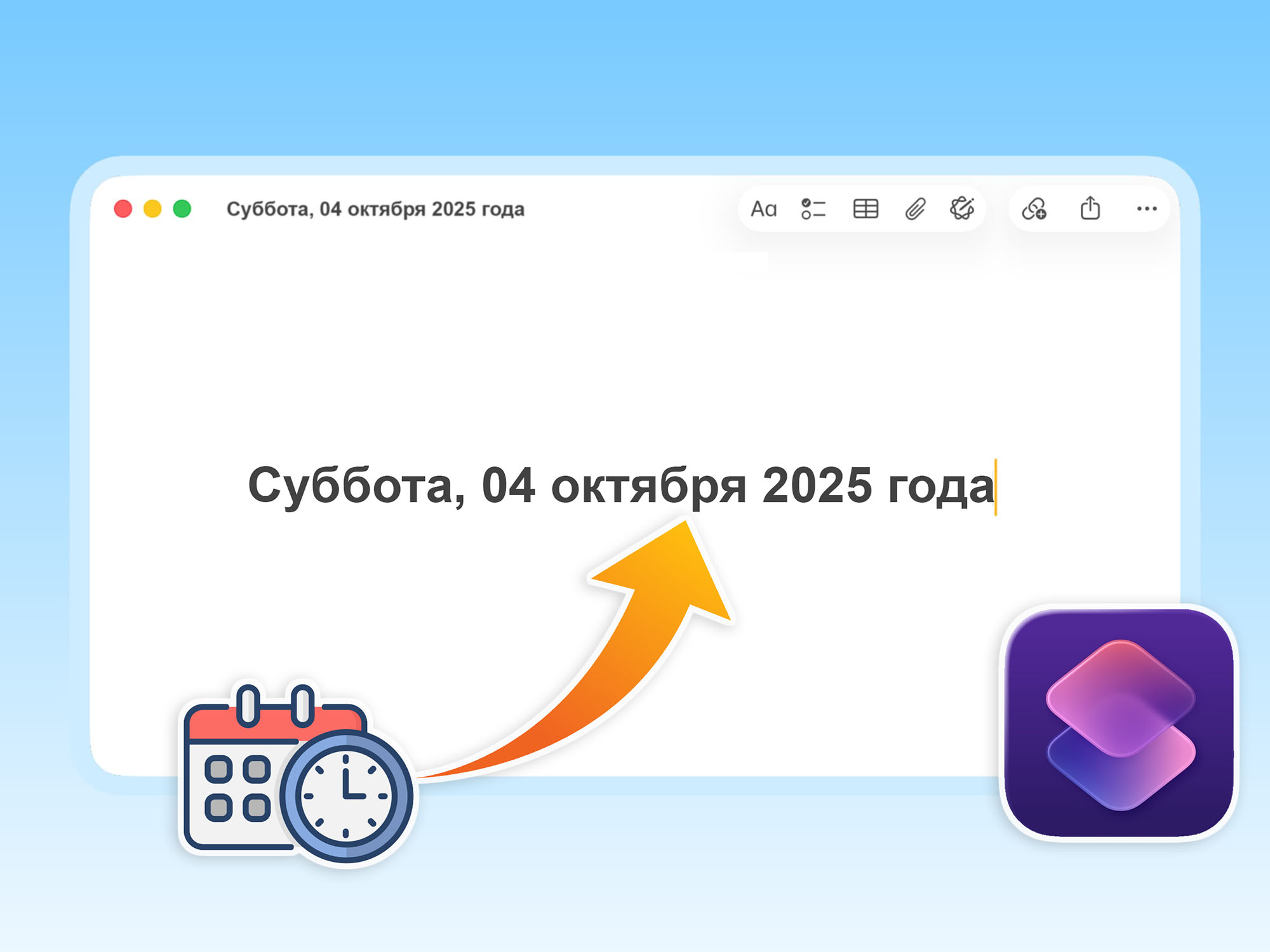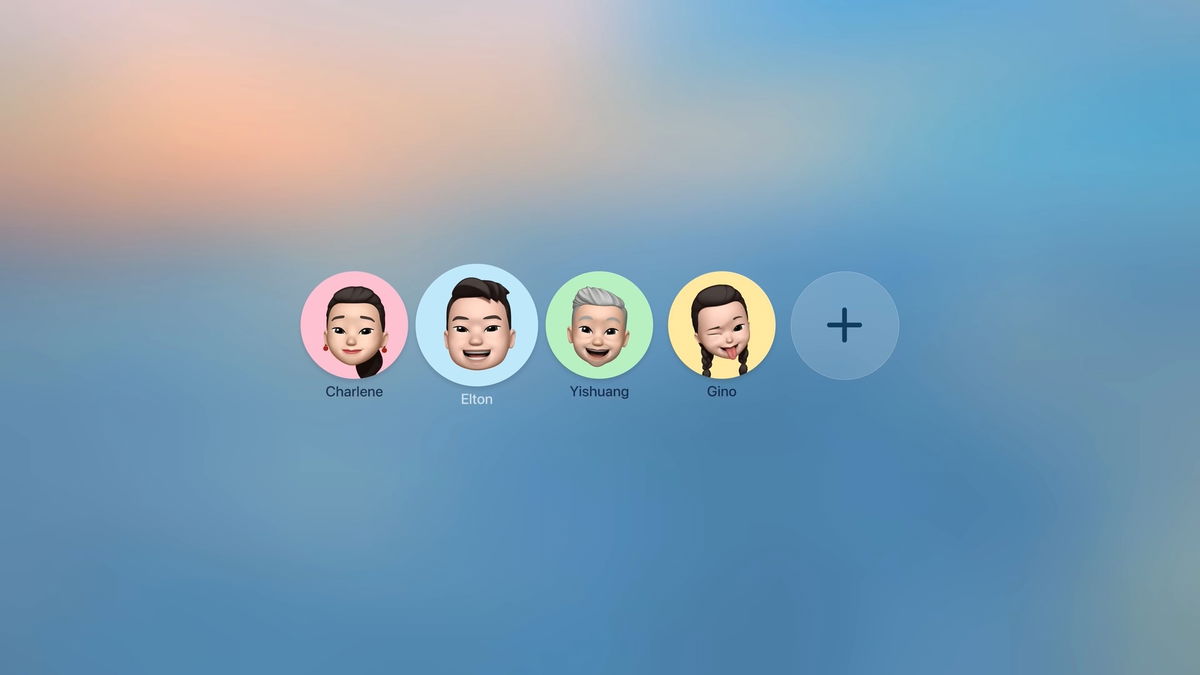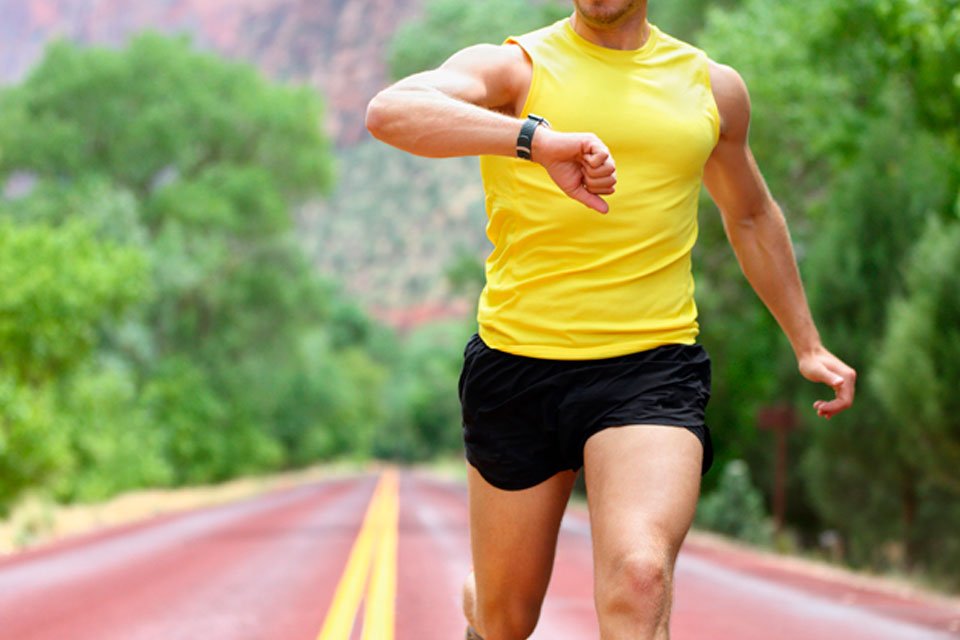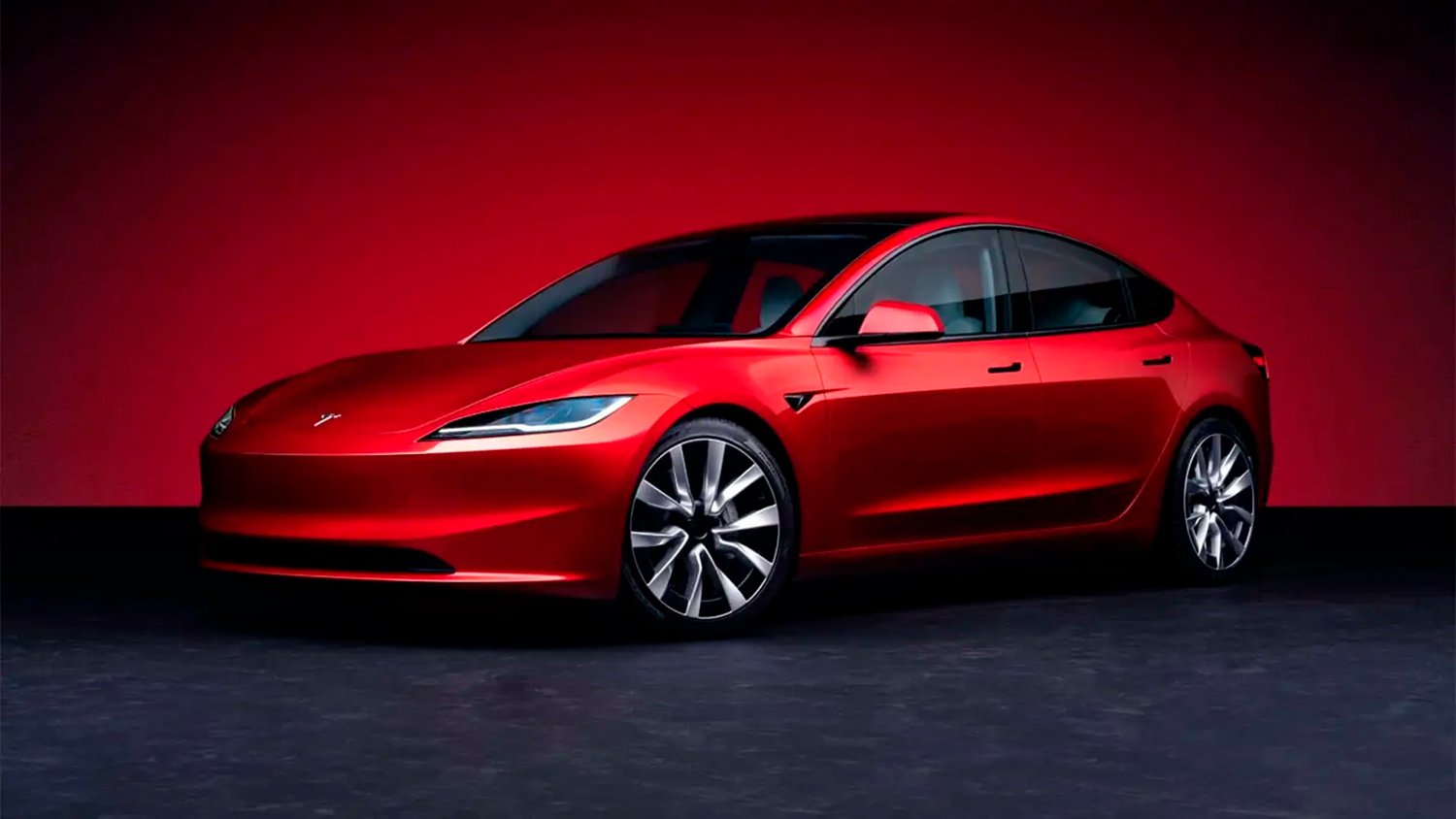Wearable devices have already conquered the Brazilian market, with more and more functions in watches, bracelets and other wearable equipment. And although it brings many possibilities One of the areas where this is most evident for consumers is equipment for athletes.
bracelets fitness These devices that measure steps and heart rate are great helpers for beginners. While options such as Apple Watch and devices with Android Wear have “fitness functions”, there are also models designed directly for athletes and providing much more complete functions.
So what makes a smartwatch perfect for athletes? Check out the top 7 resources for working out below!
1. Activity reports
If there is one thing that is mandatory for fitness hours, it is the creation of activity reports. One smart watch For athletes, the consumer must be able to identify their movements in order to make recordings that are as close to reality as possible. In this way, users access distances, speeds, heart rate and calories burnedFor example.
With good use of records it is possible to: more comprehensive performance analysis It’s a topic that can always be discussed with coaches. Why record individual performance of each physical activity if a device can automatically perform analyzes and comparisons?
For example, Amazfit Balance is an excellent choice in this regard. Equipped with software blood pressure measurement In addition to measuring blood pressure through the watch, this also provides the user with an easy-to-understand graph of blood pressure trends and changes.
However, it is also possible to monitor physiological functions such as: heart rate, blood oxygen, sleep, stress and body composition BIA. This is thanks to the Zepp OS 3.0 operating system, which focuses on health and has the ability to provide more accurate and comprehensive data.
2. GPS Tracking
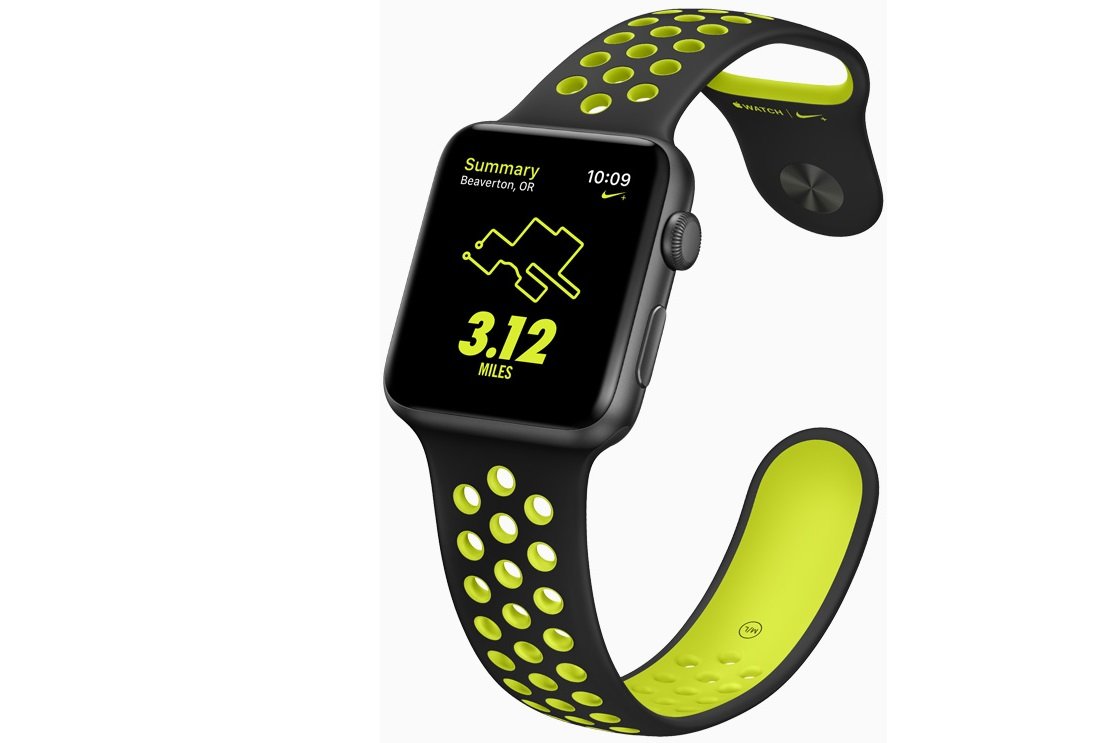
Therefore, having a sports smartwatch without independent GPS may not be the best choice. So it’s clear that the perfect smartwatch has this type of sensor and allows physical activities to be carried out without any smartphone – they’re great most of the time, but they really get in the way of athletes.
3. Completely waterproof
A true athlete doesn’t care about the weather conditions. Wind, sun or rain, every training day should be taken seriously. You can’t wait for the rain to pass for running activities, so Sports watches are completely sealed against water — considering they shouldn’t be affected by sweat, right?
This is even more evident in swimmers and triathletes. After all, you need to keep track of all activities, not just cycling or running.
4.Internet connection
When smartwatches first hit the market, they were primarily limited to Bluetooth connectivity, which allowed synchronizing information with smartphones. Do you know what this means? In order for syncs to occur, athletes’ cell phones had to be near the connection at all times, eliminating the possibility of receiving notifications if the athlete decided to leave their cell phone at home.
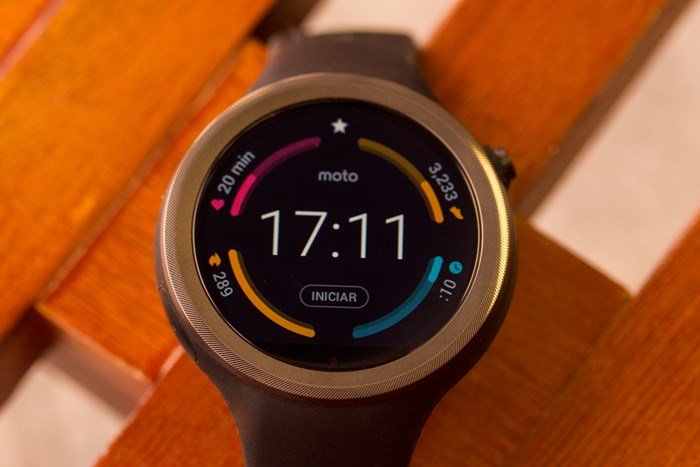
It’s too much to expect all sports watches to have 4G connectivity, even though the Apple Watch did so in its third generation. On the other hand, standalone Wi-Fi connections are already a reality and are really helpful at various times. How about stopping for a coffee after a 50-kilometer journey and seeing what’s going on? Just connect to an existing network.
A WiFi-connected smartwatch could be a real helper for long-distance runners
Thanks to this, in addition to providing access to notifications and performing some intervention and interaction actions, it is possible to send activity data to an instructor or even just for the final monitoring report. It is worth noting that this includes mobile payment capabilities, for example, and once again, a post-workout isotonic drink is guaranteed.
5. Altimeter and barometer
Such tools are especially important for cyclists. Thanks to barometers or altimeters, a watch can determine the altitude change during a workout much more accurately; It’s something GPS-dependent apps already do, but their margin of error is eliminated. Road cyclists and cyclists competing in races with lots of climbs can find this resource a great ally during training.
6. Synchronization with other equipment and cameras
Can you imagine telemetry systems like those in Formula 1 being applied to physical activities? Because it is quite possible that we will see something like this in the future. In a perfect ecosystem, sensors mounted on bikes and integrated into smartphones would provide us with real-time data on component wear, shifting health, and more.
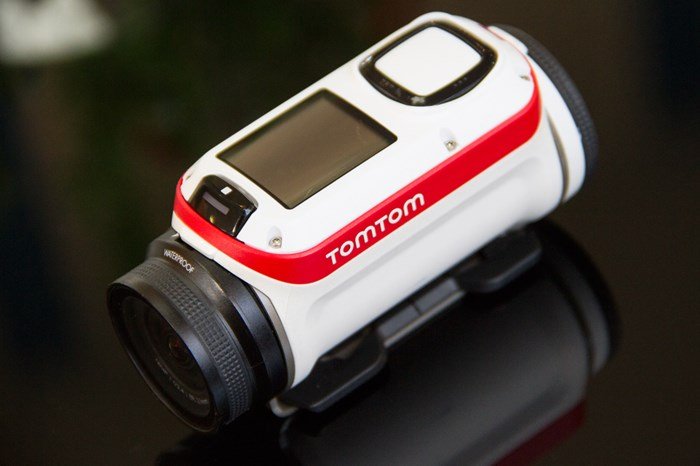
For runners on a mission, imagine what it would be like to have sensors in your shoes that could send information so you could correct your stride (improving the health of your knees, for example). There are many possibilities to be explored by manufacturers worldwide.
Action cameras might enjoy it too. TomTom, for example, can integrate its camera with sensors to show activity information in real time and place your fingers directly in the shot. That is good? Yes it is… And it should only improve when there is more integration between equipment!
7. Battery and price
There’s no point in seeing everything we just said on a device that can’t stay on for more than two hours. That’s why it’s crucial for manufacturers to invest in devices that can provide autonomy for at least a day of physical activity—sorry, ultramarathon runners and Ironman competitors.
Prices are also still limiting factors for sports smartwatch technology. Perhaps their popularization will bring good results in this field, but it is too early to say that this will actually happen; especially since we are talking about a niche segment. Still, we can’t help but say this: The perfect sports watch needs to be more affordable.
…….
Do you agree with the resources highlighted in this article? Or is there still something missing for a sports watch to be considered the perfect instrument for athletes?
Source: Tec Mundo
I’m Blaine Morgan, an experienced journalist and writer with over 8 years of experience in the tech industry. My expertise lies in writing about technology news and trends, covering everything from cutting-edge gadgets to emerging software developments. I’ve written for several leading publications including Gadget Onus where I am an author.

